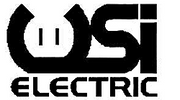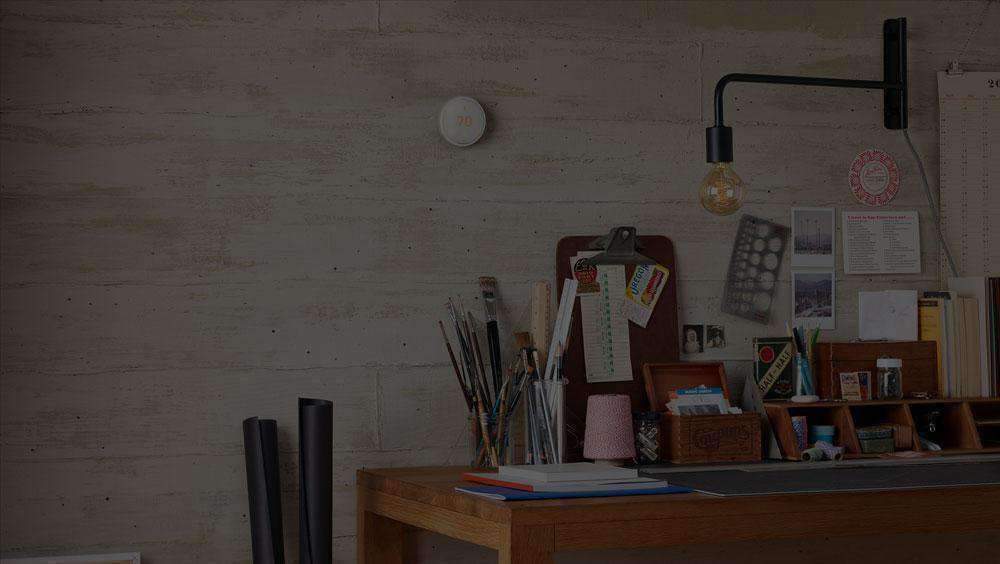- No products in the cart.
Experts offer tips on smoke detectors, fireplace safety
27
Oct
By Bob Glissmann / World-Herald staff writer
Inspectors say they couldn’t find evidence of a smoke detector or detectors in the rural Cass County house that burned down last week, killing six members of the Mike and Michelle Speer family.
People who knew the Speers told investigators from the State Fire Marshal’s Office that the house had one or more detectors, but the condition of the detectors or whether their batteries were working wasn’t clear.
The tragedy was “truly heartbreaking,” said Beverly Reicks, president and CEO of the Nebraska office of the National Safety Council. “Our hearts go out to the Speer family and friends. All families should use this tragedy as a reminder of basic fire safety in the home.”
The National Fire Protection Association offers these tips on smoke detectors:
- A closed door may slow the spread of smoke, heat and fire. Install smoke alarms in every sleeping room and outside each separate sleeping area. Install alarms on every level of the home.
- Large homes may need extra smoke alarms.
- It is best to use interconnected smoke alarms. When one smoke alarm sounds, they all sound.
- Press the test button on smoke alarms at least once a month to be sure the alarm is working.
- A smoke alarm should be on the ceiling or high on a wall. Keep smoke alarms away from the kitchen to reduce false alarms. They should be at least 10 feet from the stove.
- People who are hard of hearing or deaf can use special alarms that have strobe lights and bed shakers.
- Replace all smoke alarms when they are 10 years old.
The NFPA recommends that two types of smoke alarms — ionization (for detecting flaming fires) and photoelectric (for detecting smoldering fires) — be used in homes. Combination alarms that include both technologies in a single device are available, the group says.
The fire marshal’s report said the fire in the Speer home was caused by ash or embers from the living room fireplace igniting combustible materials such as carpet and room furnishings. The Hearth, Patio & Barbecue Association offers these fireplace safety tips:
- Have the chimney inspected annually — and cleaned, as necessary — by a professional chimney sweep to ensure it’s clear of obstructions and creosote.
- Have a cap installed at the top of the chimney to avoid the possibility that debris or animals can block the chimney.
- Install both a smoke and carbon monoxide detector. (Make sure the batteries work.)
- Keep a fire extinguisher on hand.
- Make sure the area around the fireplace is clear of furniture, books, newspapers and other potentially flammable materials. (Two feet away is a good rule.)
- Never leave a fire unattended.
- Don’t close the damper until the embers have completely stopped burning.
- Make sure the fire is completely out before going to bed or leaving the house.
- When cleaning the fireplace, store ashes in a non-combustible container with a tightly fitting lid and place the container away from the house.





































